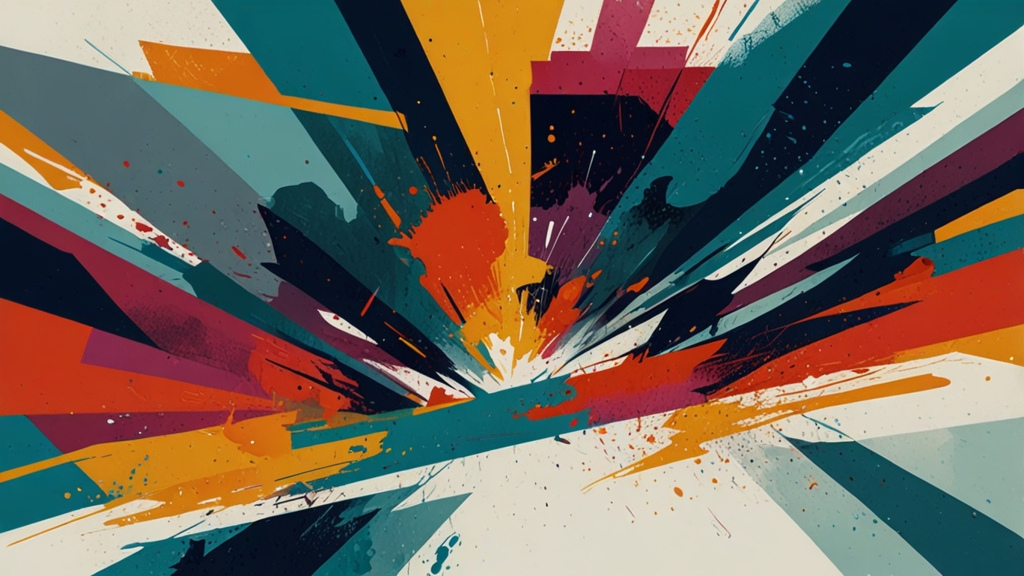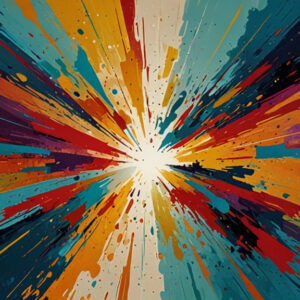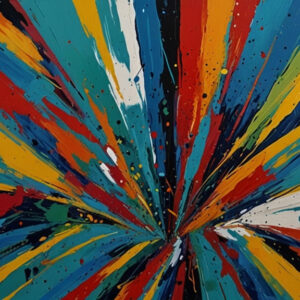Description
3D modeling has transformed the way products are visualized and marketed. In a world where online shopping is prevalent, customers are increasingly demanding detailed, high-quality visuals to aid their purchasing decisions. Custom 3D models serve several critical functions in the retail space, particularly for parts and accessories stores:
- Enhanced Product Visualization: Traditional photography often fails to capture the intricacies of small parts and accessories. 3D models allow potential buyers to examine products from various angles, ensuring they understand the product’s features.
- Improved Customer Engagement: Interactive 3D models can significantly enhance the user experience. When customers can manipulate a model—zooming in, rotating, and viewing it in detail—they are more likely to engage with the product and make a purchase.
- Reduced Return Rates: By providing a realistic representation of products, retailers can mitigate the chances of customers being disappointed with their purchases. A clearer understanding of the item can lead to more informed buying decisions, thereby reducing return rates.
- Customizability: 3D modeling allows customers to visualize different options for products, such as color variations, material choices, and accessory add-ons. This level of customization can greatly enhance customer satisfaction and loyalty.
- Cost-Effective Marketing: High-quality images and videos are expensive to produce. Once a 3D model is created, it can be used across various marketing platforms—from social media posts to promotional videos—at a fraction of the cost.
The Process of Creating Custom 3D Models
Creating custom 3D models involves several steps, each crucial to ensuring the final product meets the specific needs of the retailer. Below is a detailed overview of this process.
Step 1: Initial Consultation
The process begins with an initial consultation between the service provider and the store owner. This meeting serves to clarify the store’s vision, target audience, and specific requirements for the models. Key aspects discussed may include:
- Type of parts and accessories to be modeled
- Desired dimensions and specifications
- Color schemes and branding elements
- Intended use of the models (e.g., online store, marketing materials)
Step 2: Concept Development
Following the initial consultation, the 3D artist or designer develops concepts based on the provided information. This stage may involve sketching preliminary designs and creating mood boards that reflect the intended aesthetic and functionality of the models.
Step 3: 3D Modeling
Once the concept is approved, the actual 3D modeling begins. This involves using specialized software, such as Blender, Autodesk Maya, or ZBrush, to create a digital representation of the product. Key tasks in this phase include:
- Modeling: Building the 3D shape of the object, focusing on accuracy and detail.
- Texturing: Applying colors, patterns, and materials to give the model a realistic appearance.
- Lighting: Setting up virtual lights to enhance the model’s visibility and aesthetics.
Step 4: Review and Revisions
After the initial model is completed, it is presented to the client for review. Feedback is collected, and necessary revisions are made to ensure the model aligns with the client’s expectations. This iterative process may take several rounds, depending on the complexity of the design.
Step 5: Finalization
Once the client approves the final model, it undergoes optimization to ensure it performs well across various platforms. This may involve reducing polygon counts for web use, preparing files for 3D printing, or exporting them in different formats (such as .OBJ or .STL) based on the client’s needs.
Step 6: Delivery
The completed 3D models are delivered to the client, along with any necessary documentation or guidelines for their use. This may include suggestions for integrating the models into online platforms or best practices for showcasing them in marketing campaigns.
Benefits of Custom 3D Model Art Creation
Investing in custom 3D model art creation offers numerous advantages for parts and accessories stores. Here are some of the most compelling benefits:
1. Increased Sales
High-quality 3D models can significantly boost sales. Customers who engage with 3D visuals are more likely to complete a purchase. By providing an immersive experience, retailers can effectively drive conversion rates.
2. Competitive Advantage
In a crowded marketplace, standing out is essential. Offering unique, visually appealing product representations through custom 3D models can differentiate a store from its competitors, attracting more customers and increasing brand recognition.
3. Enhanced Brand Identity
Custom 3D models can be tailored to reflect a store’s branding and ethos. This helps in building a cohesive brand identity, which is essential for fostering customer loyalty. Consistent branding across all marketing materials creates a professional image that instills trust.
4. Versatility Across Platforms
3D models can be utilized across multiple platforms, including e-commerce websites, social media, and virtual reality (VR) environments. This versatility allows retailers to reach a broader audience and engage customers in innovative ways.
5. Accessibility
With the rise of e-commerce, accessibility is paramount. 3D models enable retailers to showcase products to a global audience, breaking geographical barriers. Customers can view and interact with products without visiting a physical store, which is especially beneficial for parts and accessories that may require specific dimensions or fit.
6. Sustainable Practices
Using digital models can reduce the need for physical prototypes, minimizing waste and promoting sustainability. Retailers can make informed decisions based on virtual representations before committing to physical production.
Future Trends in 3D Modeling for Retail
As technology advances, the world of 3D modeling continues to evolve. Several trends are emerging that will shape the future of this service in retail, particularly for parts and accessories stores.
1. Integration of Augmented Reality (AR)
The integration of AR into online shopping experiences is on the rise. Retailers can allow customers to visualize how products will look in their space before making a purchase. For parts and accessories stores, this could mean enabling customers to see how a specific component fits into their existing setup.
2. Real-Time Customization
As technology progresses, customers may soon have the ability to customize 3D models in real time. By adjusting dimensions, colors, and features through an interactive interface, customers can create a product that perfectly meets their needs.
3. AI-Driven Modeling
Artificial intelligence is set to revolutionize the 3D modeling process. AI algorithms can analyze customer preferences and trends, automating certain aspects of model creation. This could streamline workflows and reduce costs for retailers.
4. Advanced Animation Techniques
As 3D modeling technology advances, animation will become more sophisticated. Retailers can create animated visuals that demonstrate how products work, enhancing the customer’s understanding and encouraging engagement.
5. Expansion of 3D Printing
With the growing accessibility of 3D printing, retailers may begin to offer customers the option to print their custom models at home. This could lead to a new level of personalization, where customers can create products tailored specifically to their requirements.
Conclusion
The creation of custom 3D model art for parts and accessories stores is not just a luxury but a necessity in the current retail landscape. As customers demand more engaging and informative shopping experiences, the role of 3D modeling becomes increasingly vital. Through a systematic process of consultation, development, and delivery, retailers can leverage this innovative service to enhance product visualization, reduce return rates, and ultimately drive sales.
With the integration of emerging technologies like augmented reality and artificial intelligence, the future of 3D modeling in retail looks promising. As parts and accessories stores adapt to these changes, those that embrace custom 3D modeling will undoubtedly have a competitive edge, enhancing their brand identity and engaging customers in meaningful ways.
In conclusion, investing in custom 3D model art creation is a strategic move for parts and accessories stores looking to elevate their business and meet the evolving expectations of today’s consumers.





Reviews
There are no reviews yet.